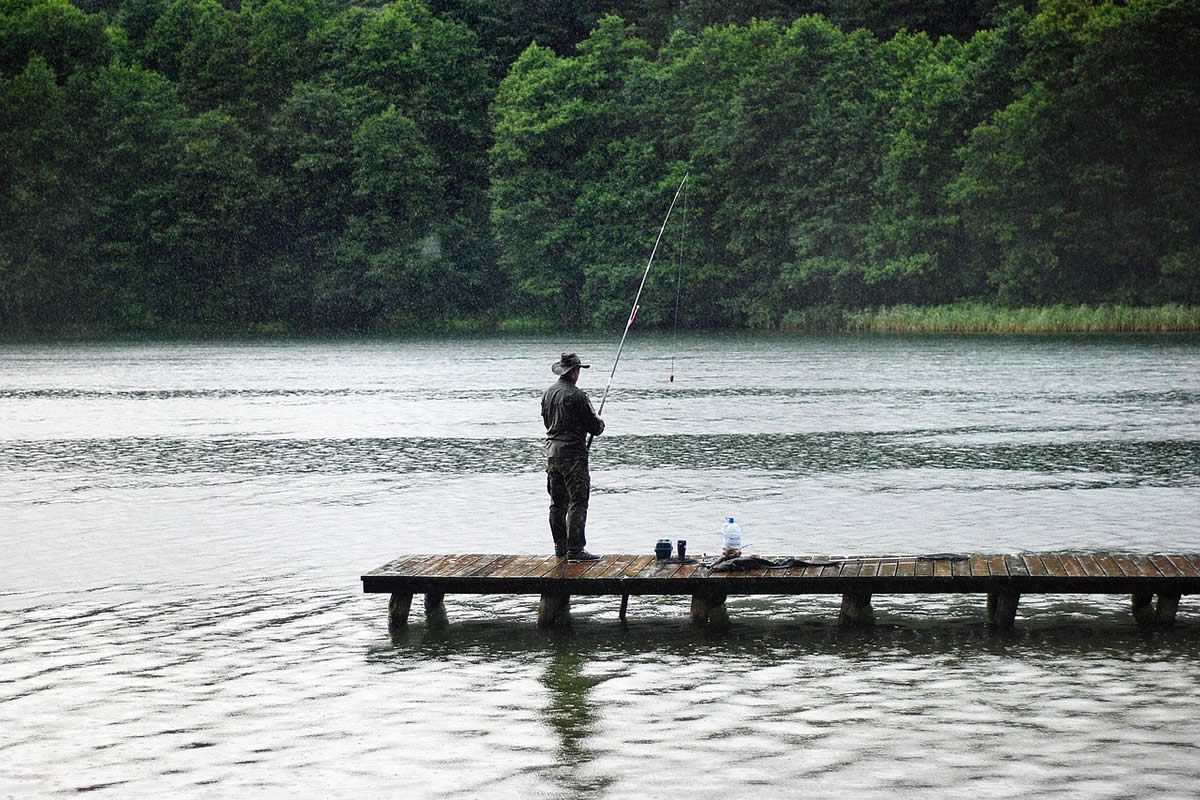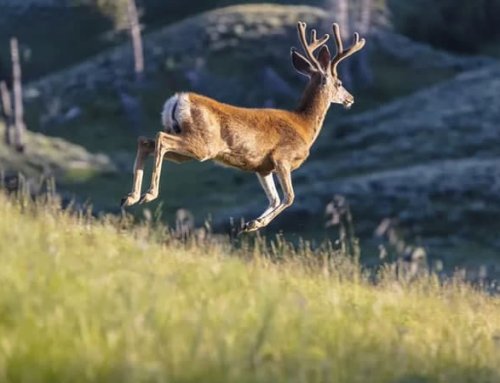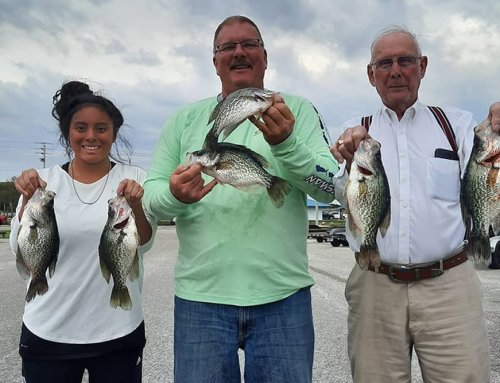One mistake that a lot of anglers make is assuming that they need to hang up their rod when it starts to rain, this couldn’t be further from the truth. Obviously, it’s not the most ideal time to fish and you want to beware of thunder and lightning but fishing in the rain brings about a unique set of advantages.
In this quick guide, we’re going through some of my top bass fishing in the rain tips so next time you can plan a trip about the rainstorm rather than avoiding it.
1. Go for the Runoff
Runoff is an interesting thing because it brings a lot of nutrients and vitamins into the water. When it rains, the surface runoff draws out the soil, and with that comes an assortment of things that the bass want. Not only does it bring food into the water but it also brings oxygen and minerals.
Bass will hang around wherever there is surface runoff because they want all of these elements and this is where you come in and take advantage of the situation. Now you have a direct tell as to where the bass will be when it’s raining. Look for overhanging ground where it has eroded beneath. Chances are the bass will be hanging out there.
Best of all, the runoff will cloud up the water which will make it easier to disguise yourself so they won’t get spooked by the boat or motor.
There’s another benefit here as well. Since it’s raining and you have an overcast sky, there are no shadows which will allow the bass to feel even more comfortable with the situation which could increase the chances of them taking your lure.
2. Bass Are Actually More Active
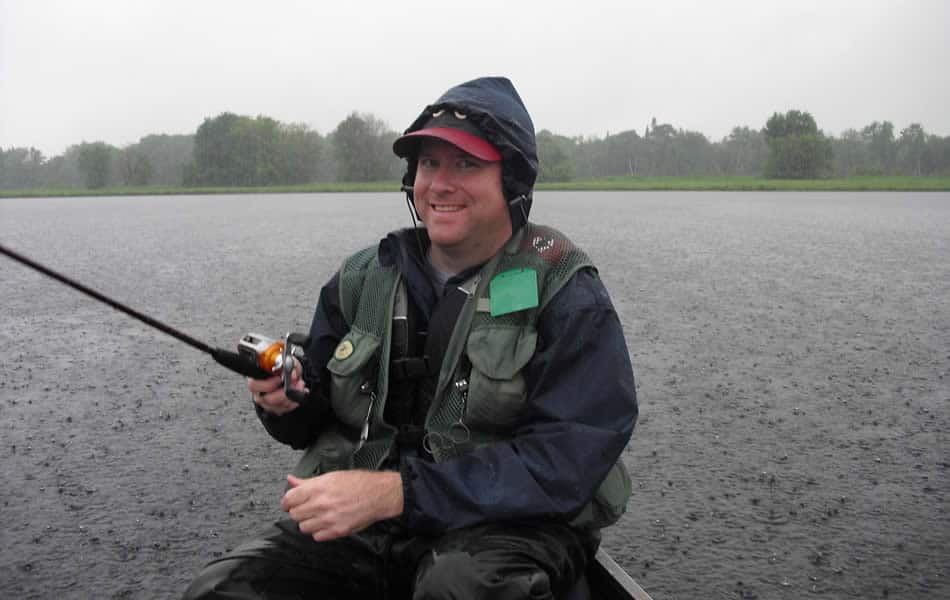
The initial thought is that fish operate like we do but it’s quite the opposite. When it’s raining is when the bass are most active. Let me give you a quick science lesson.
A lot of bass activity is based on barometric pressure. During periods of high pressure, bass are slow, sluggish, and uninterested. This would be when the air is very dry which is typical during cold weather and that’s why most people don’t fish for bass during the winter. If you do, you’ll have a much harder time catching anything.
During periods of low pressure, bass are highly active, aggressive, and hungry. This is when the air is humid and the highest level of humidity occurs right before it rains.
As a result, high humidity and low barometric pressure result in the best fishing opportunities for bass. When do you have this combination?
When it’s raining!
Fishing in the rain brings on some of the most active fish on the water but you’ll want to cater to this now that you know it. Speed up your presentation, use a fast action lure, and cover a lot of water in a short amount of time.
3. Be Aggressive with Your Lure Choice
Throwing a topwater when it’s raining is the way to go. Bass are attracted to the surface during periods of low barometric pressure. Let’s go back to science real quick and learn why.
There’s less light penetration when you have an overcast sky which means you have a larger strike zone. Since the sun is creating reflections on the water and your lure, throwing something really aggressive into the water will attract a lot more attention.
So, when you’re bass fishing in the rain you want to choose something like a buzz bait, spinnerbait, or spoon because what little light refraction you create will draw a lot of attention and get the energetic bass to strike.
4. Go With Frogs
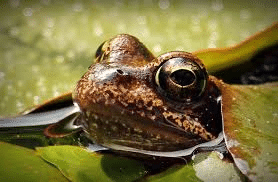 Frogs are another great lure choice for fishing bass in the rain. Using a topwater frog around a weedy location is a solid strategy. Troll the shoreline and look for tall grass or overhanging trees where you think frogs might hang out. You’ll want to pitch your frog right into the grass so make sure you have a weedless presentation otherwise you’ll get hung up.
Frogs are another great lure choice for fishing bass in the rain. Using a topwater frog around a weedy location is a solid strategy. Troll the shoreline and look for tall grass or overhanging trees where you think frogs might hang out. You’ll want to pitch your frog right into the grass so make sure you have a weedless presentation otherwise you’ll get hung up.
Create movement on the frog by slowing retrieving with brief pauses in between. If possible, the best strategy here would be to cast parallel to the shoreline so shore anglers actually have an advantage here. If you can maneuver your boat properly, that’s what I recommend doing.
5. Look for Openings on the Water
One of my favorite things about fishing during and after a rainstorm is seeing what areas of the water have opened up. I fished a place pretty frequently a few years ago that had this one inlet where you could only reach it if the water levels were really high. We’d be able to get in there in the late in Spring/ early Summer before everything started to dry up.
I used to drop a wacky worm anywhere within 50 feet around my boat and pull in bass like you wouldn’t believe. Rain storms create these opportunities and it’s great to see how the rain changes the structure of the water.
If it’s been raining for a bit or perhaps you’re fishing the day after a big storm, hit the water and look for places that are deep enough for boat access. These could be money spots if the bass are still hiding there. This strategy is especially powerful in the Spring when bass are spawning. The higher water levels could push them out of their nesting location. It’s even better if you’re fishing with a kayak.
Fishing After The Rain
What happens if you’ve just hit the water and you have a slight drizzle but it’s mostly stopped? You’ll want to apply a lot of the same principles.
If it was a heavy rain storm you’ll likely still have areas where runoff is present and the water clarity might have cleared up. You could see a little better and use a larger variety of lures without creating a shadow if it’s still cloudy.
Moving water is another factor you want to pay attention to because movement means oxygen is flowing and bass are attracted to that because that’s where they get their energy. Highly oxygenated water creates aggressive and active bass so if you can find an area where two bodies of water meet you’re likely to create great fishing opportunities.
Rainy Day FAQs
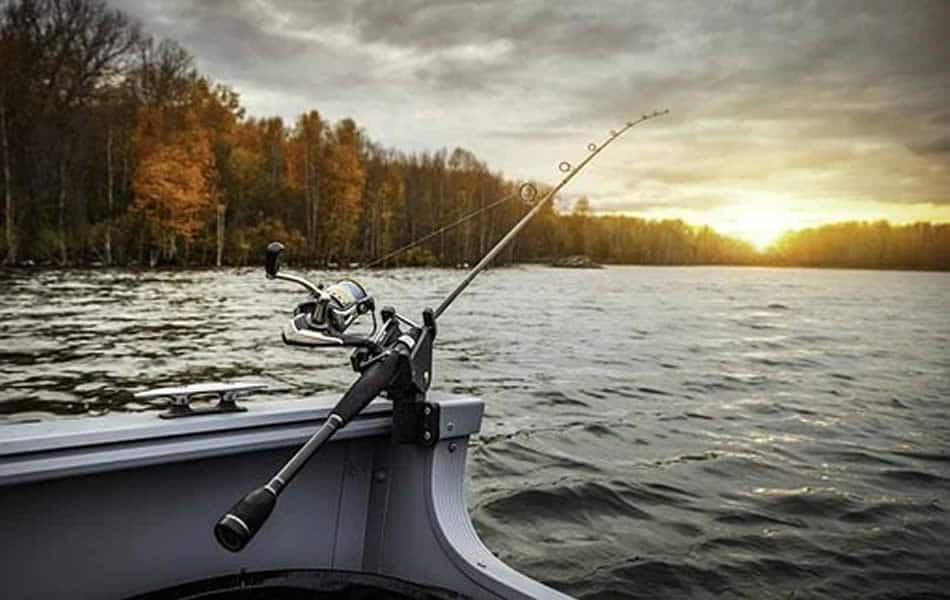
Here are some of the most commonly asked questions we get about fishing in the rain.
Is fishing better in the rain?
Yes and no, it depends on what you mean by “better.” Fishing is always good and you can have a great day when it’s 95 degrees, zero humidity, and no clouds. On the flip side, you could go out when it’s raining and have a horrible day fishing. There’s no way to know for sure what’s going to happen and there are so many factors that come into play.
The ultimate goal we all have is to learn as much as we can about the habits of fish so we can try to track them down and present lures in a way that will draw their attention. If you’re doing everything right, yes, fishing is better in the rain.
What about saltwater fishing in the rain?
Many of the same rules apply to saltwater especially if you’re fishing for peacock bass in canals. They’re still attracted to surface runoff, they’ll hit topwaters more, and you’ll want to look for openings where they might be hiding and you couldn’t get to before. Whether the water is fresh, brackish, or salty, it doesn’t really matter.
Is it better to fish before or after rain?
Fishing is better before the rain because this is when the humidity is the highest and the barometric pressure is the lowest. You’ll also have decreasing water and air temperatures at this time which will trigger the bass to feed more aggressively because they’ll know that rain is coming.


